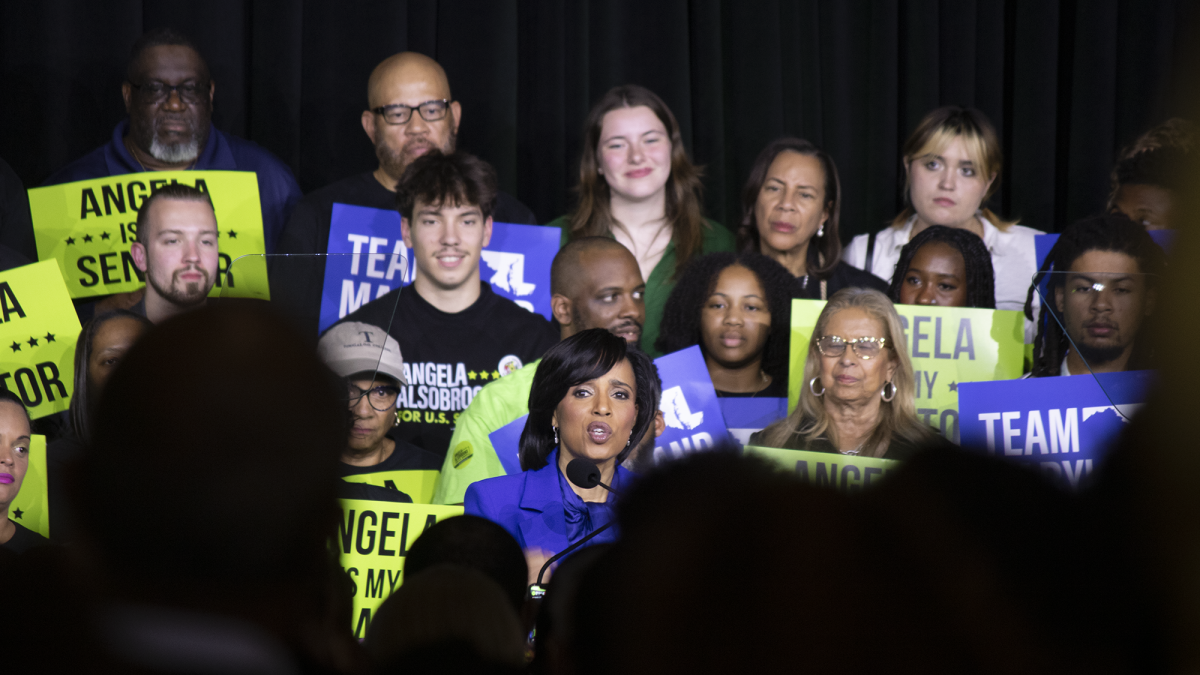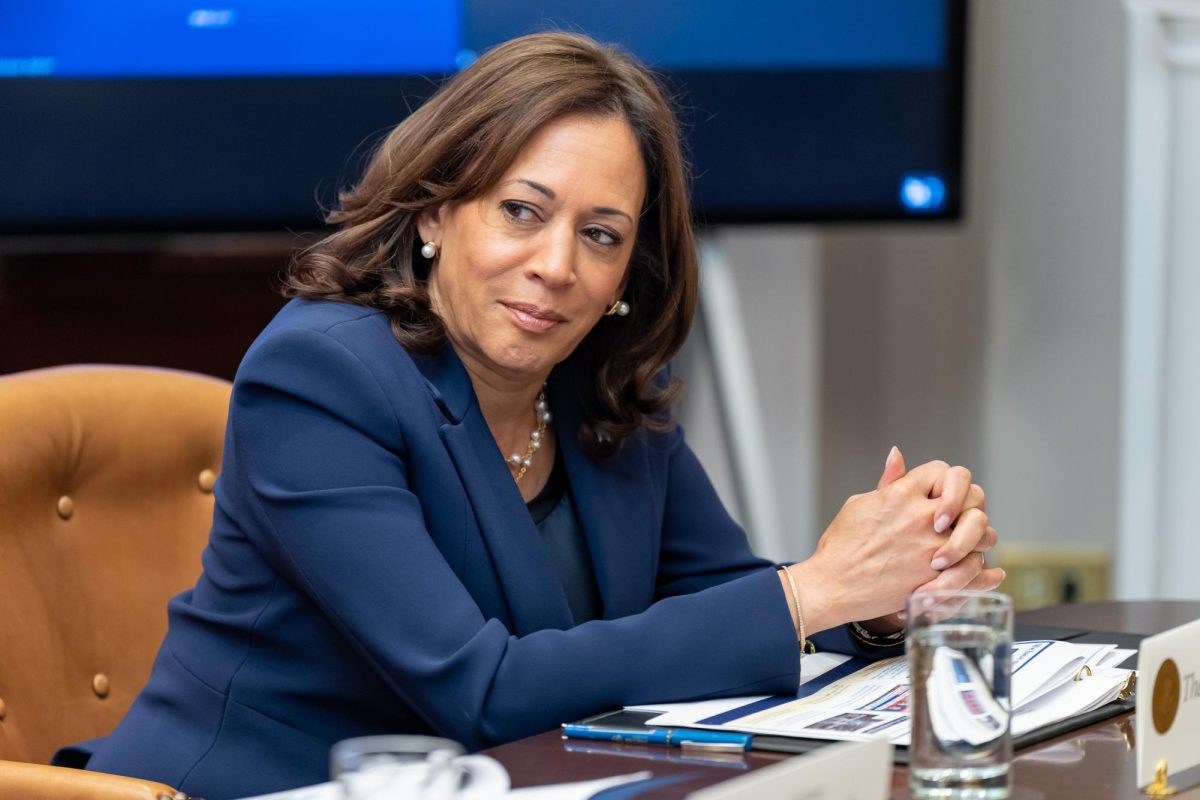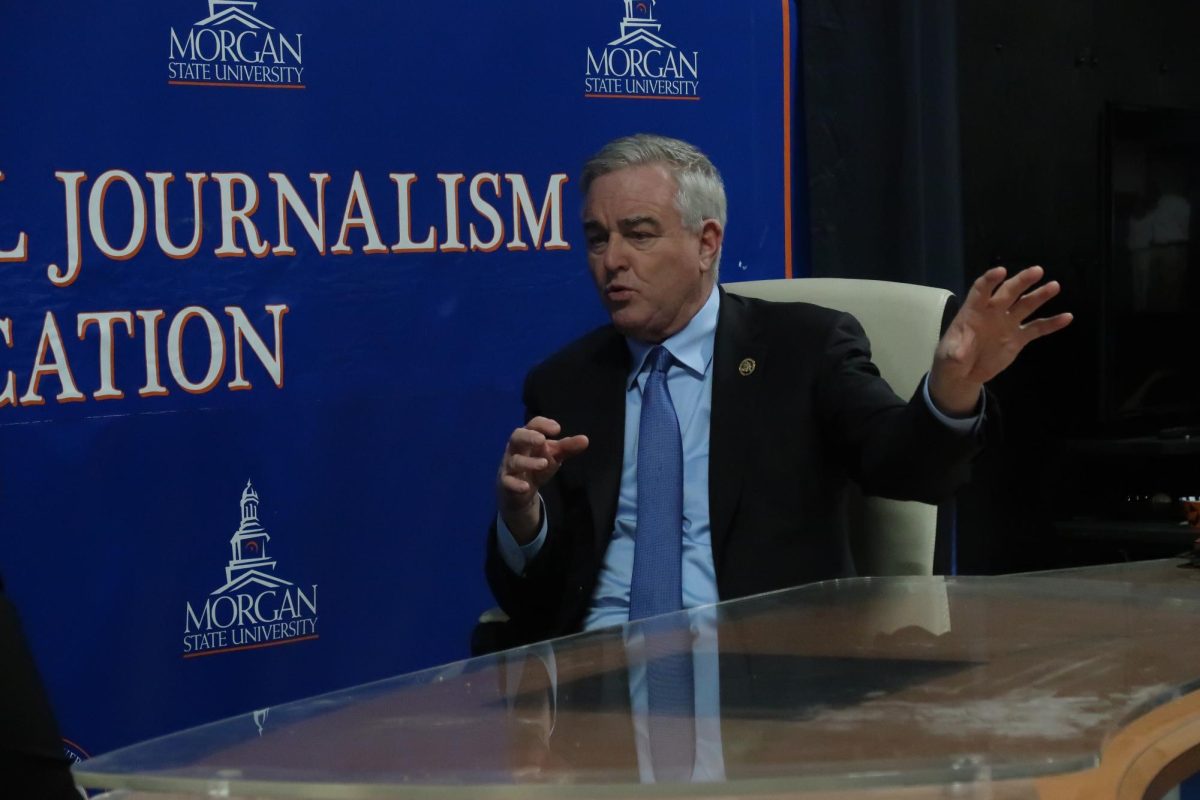For Tyler Mitchell, the Electoral College — the medium Americans use to select a president — is about strategy.
Mitchell, a senior political science major, understands that the existence of the Electoral College changes the process of electing a president — and he doesn’t necessarily like it.
“Candidates focus their campaigns on battleground states because the Electoral College pushes them to,” said Mitchell. “I believe the system is somewhat flawed, as candidates understand that if they don’t appeal to those states, they risk losing. As a Marylander, the underlying message I receive is, ‘we already have you, so we don’t have to consider your perspective.’”
Contrary to how it sounds, the Electoral College is a system, not a place. This system decides the presidency not by the national popular vote, but through a method that is sometimes contrary to the popular vote.
“The original purpose of the Electoral College was a way to ensure that democratic principles were upheld while not providing too much unwashed, direct democracy,” said Joseph Dietrich, an assistant professor of political science at Towson University. “It was chosen not because it was a great system, but because it was politically expedient and was the best compromise available.”
The Electoral College was established by the U.S. Constitution to elect the president and vice president. It consists of 538 electors — each state possessing electors equivalent to the number of its Congressional representatives and Senators combined.
Washington D.C., which is not a state, has three electors because the 23rd Amendment allows its citizens to participate in presidential elections.
John McTague, a political science professor and department chair at Towson, said the Constitution sought to balance individual rights and federalism, which is evident in the Electoral College’s structure. In his words, it was a “political compromise shaped by the legacy of slavery.”
State legislatures decide how to choose their electors and today, 48 states and D.C. use popular votes. This means the presidential candidate who secures the state’s popular vote and receives all of its electoral votes.
The two states that diverge from this winner-take-all system are Maine and Nebraska. They split their electoral votes between candidates based on results in their congressional districts.
Political parties nominate their electors in the months leading up to the election. After the general election, electors meet in December to cast their votes, which congress then counts in January to officially determine the outcome before the inauguration on Jan. 20.
In five instances, including two of the last six general elections, a candidate has become president by winning the Electoral College while having less votes nationally. This happens because the winning candidate needs 270 electoral votes out of 538 total, to win.
In 2016, Democratic nominee Hillary Clinton won the popular vote and had more than 3 million votes nationally than her opponent Donald Trump — yet Trump won the election with 304 electoral votes to Clinton’s 227. This made Trump the 45th president and reignited debates about the Electoral College.
“Trump won fair and square (in 2016),” said Dietrich. “We all knew the rules at the outset and the rules were followed. Trump won fair and square just like he lost fair and square in 2020,” said Dietrich. “It’s crucial to recognize that the Electoral College, while frustrating for some, functions as it was designed to do.”







